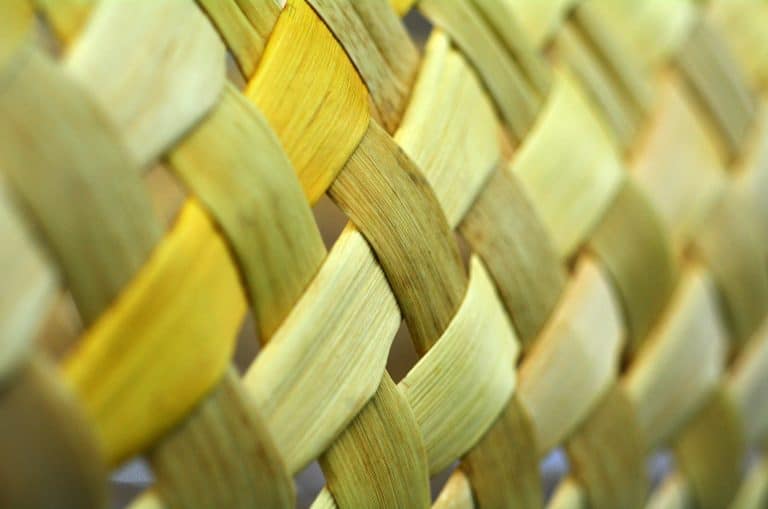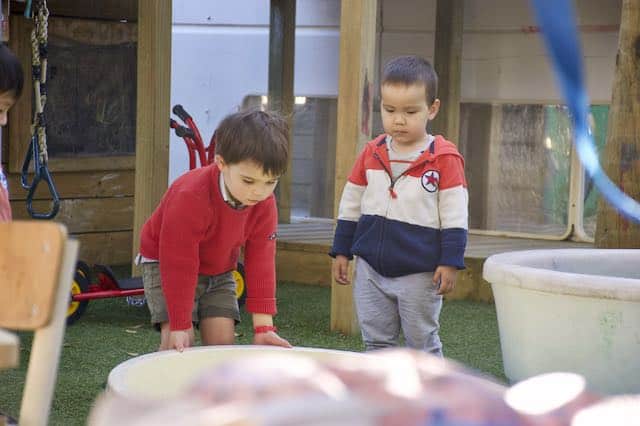Te Whāriki
Te Whāriki is the early childhood curriculum document for Aotearoa New Zealand, and provides a framework for early childhood settings to design their own local curriculum. Te Whāriki 2017 is an updated version of the 1996 original document.



